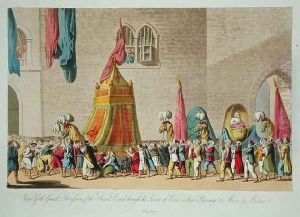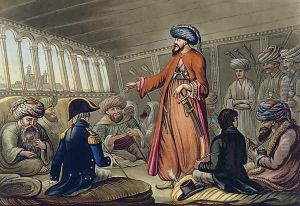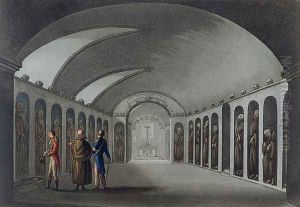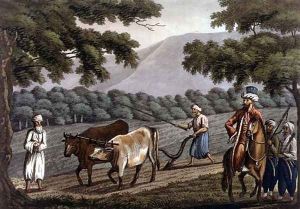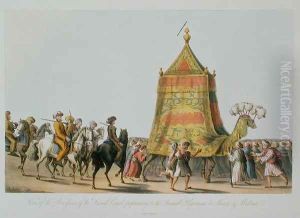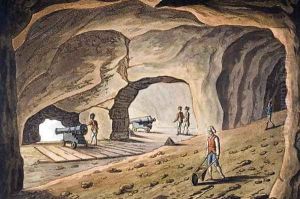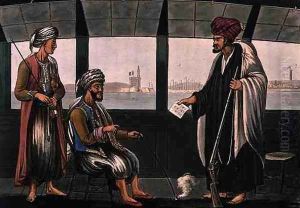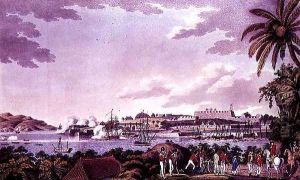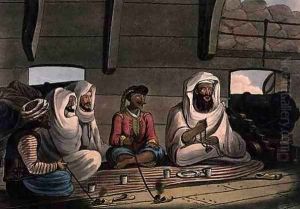Cooper Willyams Paintings
Cooper Willyams was an English clergyman, watercolourist, and engraver known for his artistic endeavors during the late 18th and early 19th centuries. Born in 1762, Willyams's contributions to art, particularly in the realm of watercolor painting, were notable during a period that saw the rise of British watercolor as a respected and highly developed art form. Despite his primary vocation as a clergyman, Willyams’s passion for art and his travels significantly contributed to his secondary career as an artist and engraver.
Willyams is best remembered for his detailed and picturesque views, often derived from his journeys. His works include landscapes and scenes that capture the essence of the British countryside, maritime subjects, and locations he visited during his travels. One of his most significant contributions to art and history was his documentation of the British naval campaigns, particularly his eyewitness accounts and artistic renditions of events during the French Revolutionary Wars. His works from this period are valuable not only as art but also as historical records, offering insights into naval battles and life at sea during a tumultuous period in European history.
Despite being relatively lesser-known compared to his contemporaries in the British watercolor movement, Willyams’s work has garnered appreciation for its historical value and its contribution to the development of watercolor techniques. His dedication to capturing the subtleties of light and landscape has been recognized as ahead of his time, contributing to the evolution of watercolor from mere sketches to fully realized artistic expressions. Willyams died in 1816, leaving behind a legacy that, while not as celebrated as some of his peers, remains an important part of the study of British art and the history of watercolor painting.
